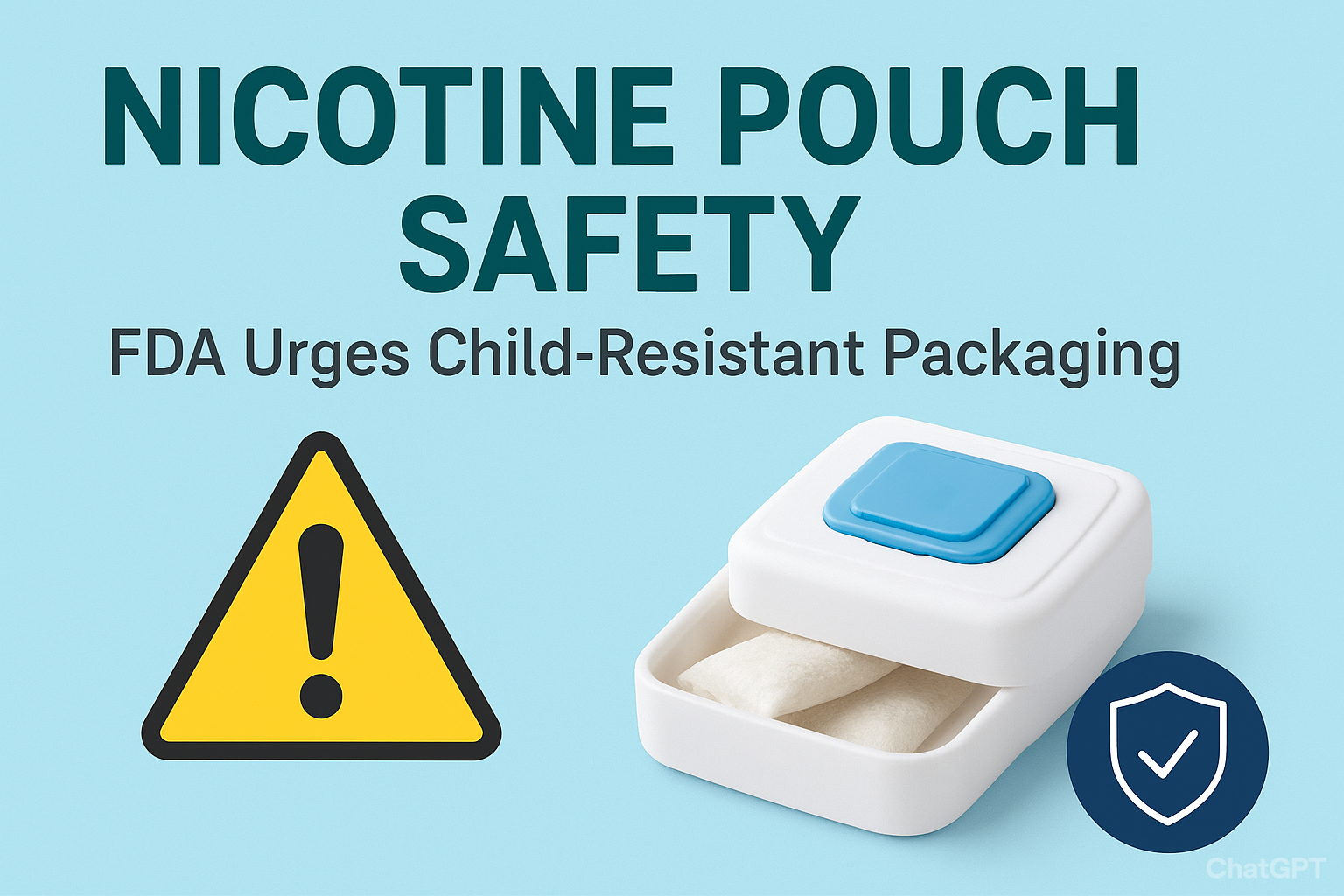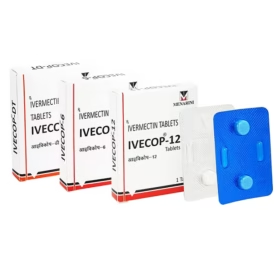- Your cart is empty
- Continue Shopping
FDA Urges Child-Resistant Packaging for Nicotine Pouches

In light of recent safety concerns, the U.S. Food and Drug Administration (FDA) has issued a warning to manufacturers of nicotine pouches: adopt child-resistant packaging immediately. The agency’s concerns come amid a surge in accidental ingestion reports — especially among very young children.
As a global pharmacy provider committed to patient safety, Zyloxd wants to share this development, explain why it matters, and highlight best practices for consumers and caregivers.
Key Highlights from the FDA Advisory
- Rising Reports of Accidental Exposure
Between April 1, 2022 and March 31, 2025, U.S. Poison Control Centers documented a significant increase in calls related to nicotine pouch exposures. - Young Children Are Disproportionately Affected
Approximately 72% of reported cases involved children under the age of 5. - Low Doses Can Be Dangerous
Some exposures involved as little as 1 to 4 mg of nicotine, resulting in symptoms including nausea, vomiting, confusion, and in severe cases, loss of consciousness. - Appearance Increases Risk
Many nicotine pouches come in bright, colorful packaging and flavor varieties (e.g. fruity, sweet) that may look like candy — making them more attractive to curious children. - Authorized Products Already Comply
The FDA report notes that all 20 nicotine pouch products it has so far authorized already use child-resistant packaging. - Call to Action to Manufacturers
The FDA requests that manufacturers with pending product applications integrate child-resistant design or alternative mitigative measures, and coordinate with FDA project managers. - Consumer Guidance
- Keep nicotine pouch products in their original containers.
- Store them well out of reach and sight of children.
- In the event of suspected ingestion, immediately contact Poison Control or a medical professional.
Why This Matters to Zyloxd and Its Customers
Even though Zyloxd primarily deals in medications and health products, the FDA’s advisory underscores universal principles of safe product design and consumer protection. Whether the product is a nicotine pouch, a blister pack of pills, or a topical gel, the risk to vulnerable populations (such as children) is a shared concern.
Consumers trust pharmacies not just for delivering effective medications, but also for ensuring those medications are packaged, labeled, and handled safely. As such:
- Zyloxd reaffirms its commitment to safe packaging, clear instructions, and responsible distribution.
- We encourage our suppliers and partners to adopt or maintain child-resistant containers especially when handling products with potential toxicity.
- For end users, our guidance remains: store all medications and health-related products out of reach of children, ideally in a locked cabinet.
What You Should Do (If You Are a Consumer or Caregiver)
- Always check the packaging
Confirm whether the container is child-resistant. If it isn’t, exercise extra caution. - Secure your storage area
Use high, locked, or otherwise inaccessible locations for any potentially hazardous product. - Keep original labeling and inserts
These contain essential warnings, dosage information, and first-aid guidance. - Respond quickly to suspected ingestion
Don’t wait to see symptoms: call Poison Control or emergency services immediately. - Educate family members
Make sure everyone (older siblings, babysitters, caregivers) knows not to leave such products within reach of children.
Moving Forward: Industry and Regulatory Implications
- The FDA’s action suggests that child-resistant packaging may become a regulatory standard, not just a recommendation.
- Manufacturers and importers should preemptively review their packaging protocols, particularly for products with known toxicity risks.
- Pharmacies, online medical retailers, and healthcare distributors should audit their inventory to ensure compliance.
- In other jurisdictions (e.g. India, UK, EU), regulators may follow suit — it’s wise to monitor local policy changes or consumer safety mandates.





